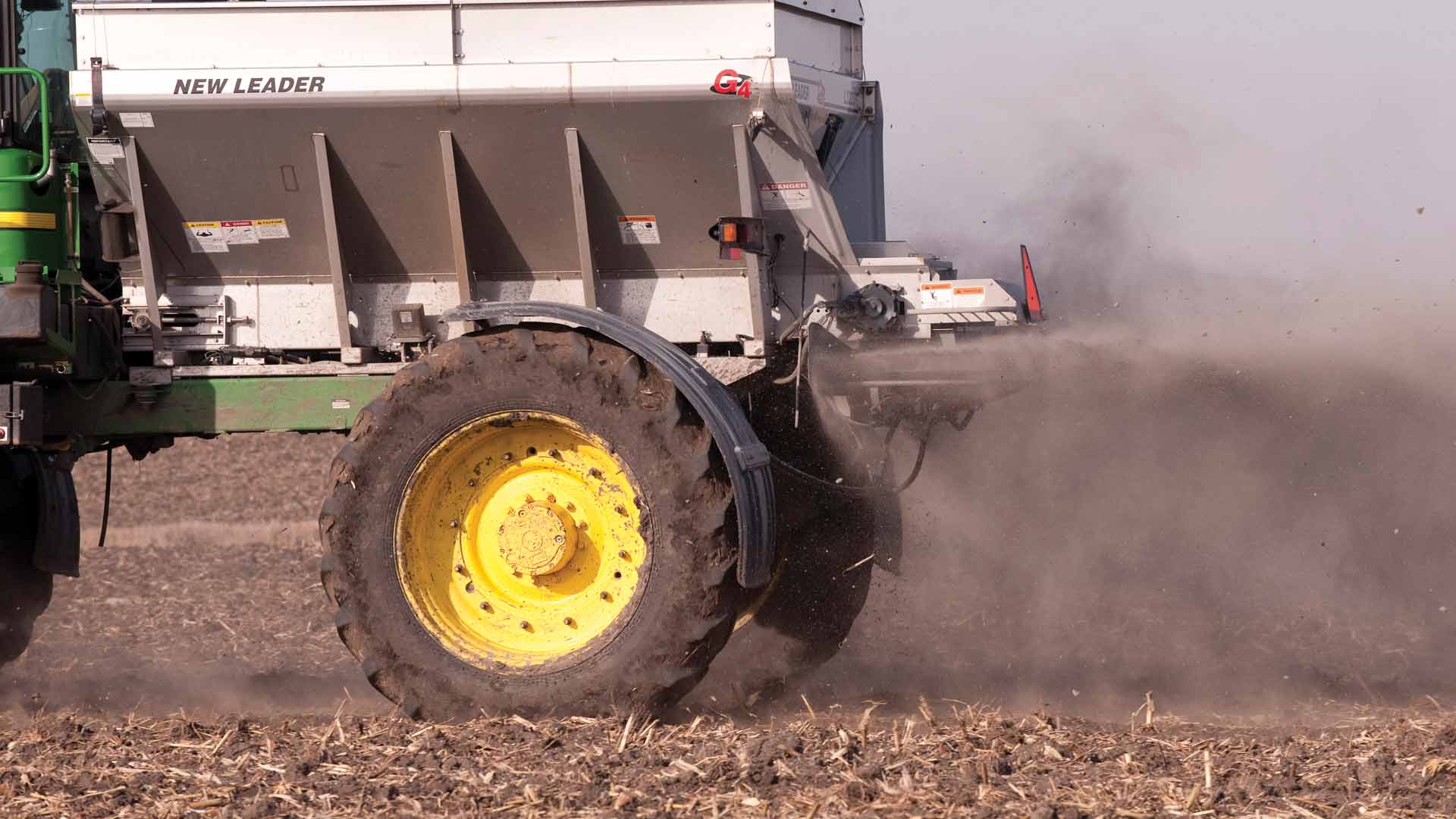Ashes from two types of incinerated biomass are a good alternative to conventional fertilizer, according to recent University of Minnesota research.
The nutrient content of ashes varies by the feedstock and combustion method. AURI sponsored trials in 2008 and 2009, which compared the fertilizer value of three types of biofuel ashes on corn:
• combusted poultry-manure ashes from the Fibrominn power plant
in Benson, Minn.
• combusted corn syrup ashes
from the Corn Plus ethanol plant
in Winnebago, Minn.
• gasified corn cob and wood chip ashes, or biochar, from the Chippewa Valley Ethanol Company in Benson.
The trials were performed at the University of Minnesota’s Southern Research and Outreach Center in Waseca — on soils that are low in phosphorus.
Biochar ashes, which have very low amounts of crop nutrients, had no agronomic value for corn production, says U of M soil scientist Jeffrey Vetsch, who led the research. But both types of combustion ashes proved to be good sources of phosphorus (P) and potassium (K).
In 2008, Vetsch compared two rates of commercial and ash fertilizers — a low rate that supplied 80 pounds/acre of total P, and a higher rate that supplied 240 pounds/acre of total P. The lower rate of poultry-manure ash did not perform as well as the commercial fertilizer or the corn syrup ash, Vetsch says. That’s because not all of the P in poultry manure ash is immediately available to plants, he says.
But at the high er P rate, there was no significant yield difference between any of the fertilizers, Vetsch found.
About 60 percent of the total P and K in poultry manure ash is available to plants the first year, says Steve Miller, manager of North American Fertilizer in Benson, which markets the poultry manure ash as NAFmicro. The fertilizer is priced based on first-year nutrient availability, he adds. As with manure, additional P and K may become available to plants in subsequent years as a result of biological activity in the soil, Vetsch says, although that is not
yet certain.
In 2009, Vetsch looked at how the ash fertilizers affected second-year corn yields. No additional P or K was added. Results were similar to the previous year. Vetsch continued the poultry manure ash trials in 2010 at three Minnesota locations.
NAFmicro fertilizer was applied at the recommended rate of 1,330 pounds of ash/acre, which supplied 80 pounds of immediately available phosphorus — a typical rate for a corn and soybean rotation. Preliminary results indicate that NAFmicro performed just as well as commercial fertilizer, Vetsch says. The trials will be repeated next year.
